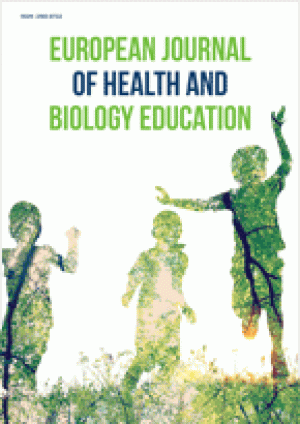Abstract
In a world where the pulse of progress hinges on the rhythmicity of scientific inquiry and technology, cultivating a robust scientific attitude in learners holds the potential of elucidating the antecedents of the disparities in gender performance in science. Scientific attitudes transcend the confines of laboratory walls and permeate all facets of students’ lives. This article explored these attitudes and whether they hold the potential to influence observed performance gaps in science based on gender. Adopting a descriptive survey design, the researchers gathered data from 344 participants using the Scientific Attitude Assessment (SAA) questionnaire and a Science Achievement Test (SAT). The data obtained were analysed using both parametric and non-parametric methods to examine the differences and the interactions that exist between the variables. Contrary to known assumptions, the analysis reveals that there exist no significant differences in the performance of students in the subject of science based on gender. However, it was observed that both the performance of males and females in the subject are influenced by their respective levels of scientific attitudes. On an individual correlation analysis, even though all seven scientific attitudes positively affect performance, critical thinking appeared to have a stronger positive influence on students’ performance in the subject. Moving forward, interventions aimed at enhancing critical thinking skills could prove instrumental in narrowing achievement gaps and promoting equitable outcomes in science learning.
License
This is an open access article distributed under the Creative Commons Attribution License which permits unrestricted use, distribution, and reproduction in any medium, provided the original work is properly cited.
Article Type: Research Article
European Journal of Health and Biology Education, Volume 12, Issue 1, 2025, Article No: e2501
https://doi.org/10.29333/ejhbe/16074
Publication date: 03 Mar 2025
Article Views: 1494
Article Downloads: 854
Open Access References How to cite this article
 Full Text (PDF)
Full Text (PDF)